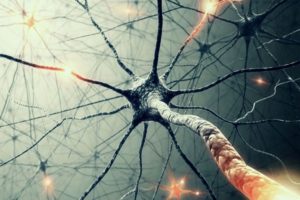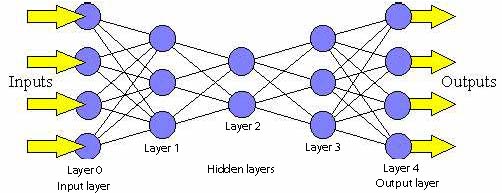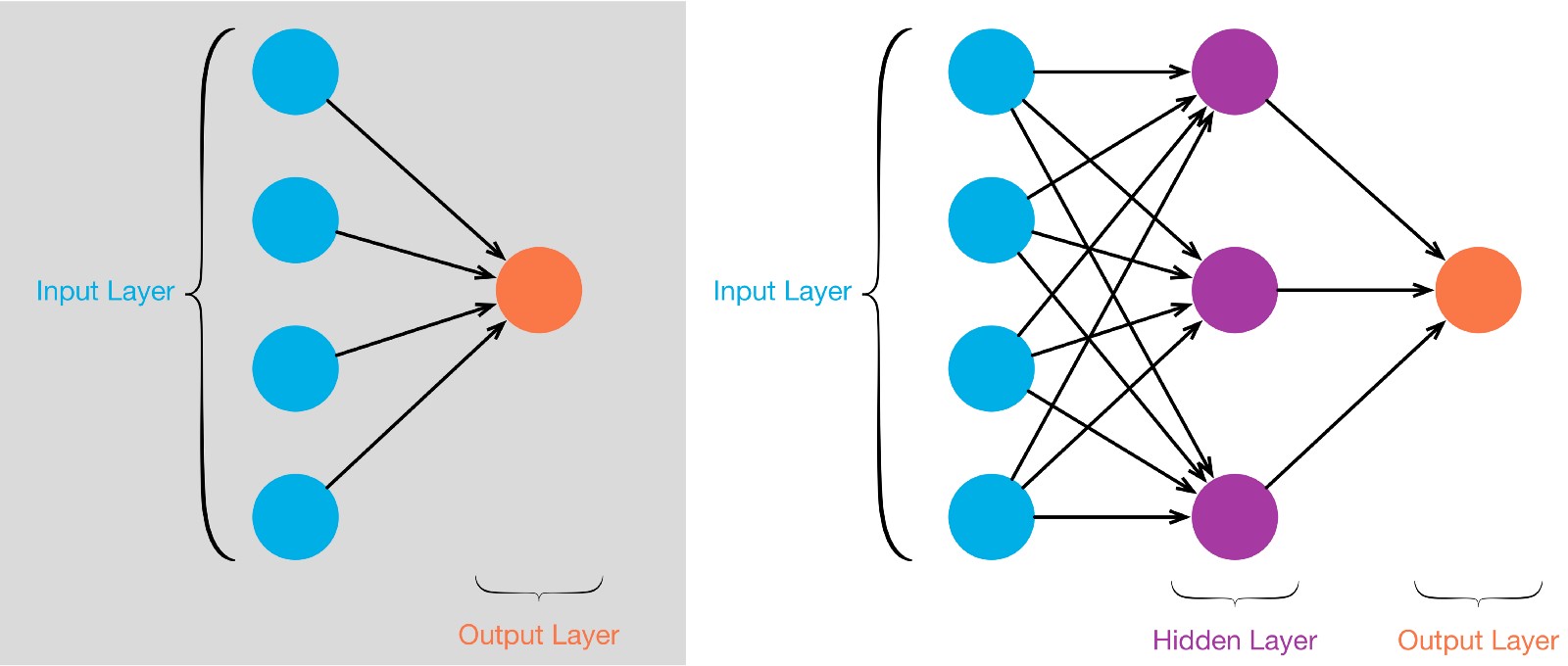
Recently published news about Google’s AutoML project, which tells about Artificial Intelligence (AI), capable of generating its own “child” AI . The basic behind this project lies within the neural network, where the neural networks designed by experts, itself make a small neural network that outperforms its parent neural network design. Let us understand the complex Neural Network technology and its working easily.
Neural Network inspired by Human Brain
Neural Network or Artificial neural network is a biologically inspired network which performs information processing similar to human brain. The human brain consists of billions of specialized cells called neurons responsible for gathering and transmitting the electrochemical signals for the functionality of body. These billions of neurons form highly interconnected network with trillion of interconnection between them.
Neural Network or Artificial Neural Network (ANN):
Just like a human brain, ANN consists thousands of interconnected artificial neurons which are arranged sequentially in rows called layers which further forms millions of interconnections. This layered ANN is responsible for its ability to learn.
Why are they so- special:
- Neural Network learns by examples, so it works as an expert to solve and answer the new problems with-in its trained category.
- They can derive meaning from complicated and imprecise data that is too complex to be solved by other computer techniques and humans.
- It works on parallel processing so it can perform several tasks simultaneously.
- It learns through its training sessions so no need of re-programming.
How ANN looks alike: A general ANN comprised of three layers:
Input Layer: This layer is connected with outside world, in which the raw information can be fed. The input or information received by the outside world makes network to learn and recognize or otherwise process.
Hidden Layer: This layer is present between Input layer and output layer. The hidden layer activities depend on the inputs provided by input layer and the weights on the connection between Input and hidden layer.

Output Layer: This layer tells how well the network has understood the learning as it provides the output. Its activities depend upon Hidden layer and the weights between hidden and output layer.
Weight: Weights carry out a particular task which depends upon the learning algorithm together with examples of how the system should operate.
The decision making capability of each input depends on the weight of that particular input. Weight is represented by a number which can be either positive (if one layer excites another) or negative (if one layer suppresses or inhibits another). The higher the weight, the more influence one layer has on another.
Architectures of Neural Network
Neural Network can be classified according to its architecture or the neurons and the manner by which their interconnection are arranged.
Feed-Forward Network: The signal can travel only in one-direction that is from Input to output. The output of any layer is independent of that same layer as it does not have feedback (loops).
Feedback Network: The signals can travel in both the direction as loops or feedback is present in it. These networks are highly dynamic in nature and change their “state” continuously till the reach the equilibrium point.
Single layer network: In this architecture, the input layer is directly connected to output layer with help of weight between them, there is no hidden layer present.

Multi-layer network: It is used for more complicated operations. A hidden layer is present between input and output layer. Due to number of hidden layer increases, it becomes multilayer network.
Applications of Neural Network
Applications of neural network are not only restricted to artificial intelligence they are used in different sectors. They are generally used for Classification, Prediction and Clustering.
ANN can identify patterns or trends in best possible ways which makes them well suited for Forecasting or predictions
- Risk Management
- Data validation
- Target Marketing
- Industrial Process control
- Credit Evaluation
Most practical examples of the Artificial Neural network are:
- Facial Recognition
- Hand written word recognition
- Under-sea mine detection
- Recovery of telecommunication from faulty software
- Recognition of Speakers in communication
- In medical by recognizing the diseases no matter how much the quantity of sample present.
Neural network and there working inspired by human brain and nature. Neural networks have a huge potential we will only get the best of them when they are integrated with computing, AI, fuzzy logic and related subjects.


















